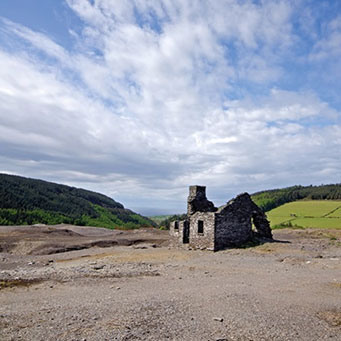-
Articles
-
Farming Articles
Julie Butler considers the decision in Palliser v HMRC and the implications for probate valuations of property, including exploring the concept of hope value.

A recent case before the Lands Chamber of the Upper Tribunal (UT) has emphasised the importance of accurate probate valuations. It is key for the executors to understand the concept of hope value and the instructions they are giving to the valuer.
In Palliser v HMRC [2018] UKUT 0071 (LC), the UT decided that a property with 'great potential' should have included hope value in its IHT valuation for probate. This was a North London property, not a farm, but the case has a significant impact on farming valuations where there is development potential and on how farms are sold and marketed after death.
The Palliser case
On death, the taxpayer’s property must be valued for inheritance tax (IHT) at 'the price [it] might reasonably be expected to fetch if sold in the open market at that time' under s160, Inheritance Tax Act 1984 (IHTA 1984).
In 2012, Mr Palliser inherited a share in a maisonette in Hampstead from his father. It was valued for probate at £1.4m in total, which did not include hope value. The property was sold for around £2.5m in 2014. Then, in 2016, HMRC issued a notice of determination, revising Mr Palliser’s share of the probate value to around £1.8m. Mr Palliser appealed. The case went to the UT, as the appropriate tribunal under s222(4B), IHTA 1984 to deal with appeals against determinations of the value of land.
The judge determined the facts and looked at how the chartered surveyor (acting for the appellant) and the District Valuer had arrived at their valuations.
Commenting on the issue of hope value, the judge said that for the purposes of s160, IHTA 1984, the property had to be valued at what it might fetch if sold in the open market in its actual condition but with the potential for improvement. He said: 'Insofar as that potential has not been crystallised by a planning permission its value will be hope value rather than development value, but either way it is not an element of value that falls to be ignored under s160.'
The chartered surveyor had not included hope value because the Royal Institute of Chartered Surveyors’ (RICS) ‘Red Book’ did not mention it, and also because he thought there was no opportunity for further extending the floor area. The tribunal was rather critical of this and also of the many negative factors (but few positives) the surveyor had taken into account in making the valuation.
The judge said that in his opinion 'the property clearly required modernisation and refurbishment at the valuation date and was obviously ripe for a major reconfiguration and improvement' (which was what the purchasers subsequently carried out). No actual planning permission had been obtained for such work at the probate date, but 'if the market is prepared to pay a price which includes the prospect of an enlarged floor space then that must be taken into account'.
Therefore, there was hope value at the probate valuation date and it was correct to include it. Mr Palliser’s appeal was dismissed.
The tribunal disagreed with HMRC’s valuation and went on to determine the 2012 value of Mr Palliser’s share as £1.6m. Hope value was established as 50% of the development value assuming planning permission was granted.
Potential for development
In the current complex property market, a valuation where there is (or might be) development potential can be difficult to ascertain. With the government pressure to increase the number of houses in the UK it can be argued that many properties have some potential.
When looking at professional probate valuations, it is very difficult to arrive at an accurate figure of what the hope value is, as was considered in Palliser. The valuer has to assess such issues as the ‘timeline’ to obtain planning permission. With the current difficulties being experienced in getting such planning authorisation granted, it is very easy for a valuer to be cautious regarding hope value, especially where all increases in value come with a potential 40% IHT bill. Valuations in the Palliser case made use of comparisons with similar neighbouring properties, some of which had been developed, but this may not be so easy in the farm context.
From an IHT viewpoint on farms, it is essential that the potential development property is farmed up until the date of death and not left redundant while waiting to develop the land. Otherwise it will not qualify for maximum agricultural property relief. The visit by the District Valuer is often a long time after death, when the farm might already be for sale and refurbished.
Subsequent marketing
How the farm is subsequently marketed after probate must be considered. The sale details must be consistent with the probate valuation otherwise this will raise an instant alarm with HMRC.
It could be argued that following the Palliser decision, farm valuations, and the role of the executor, valuer and tax adviser, have just became much more complicated – as if they were not complicated enough!
About the author
Julie Butler FCA is a proprietor at Butler & Co, specialising in farming and equine tax matters